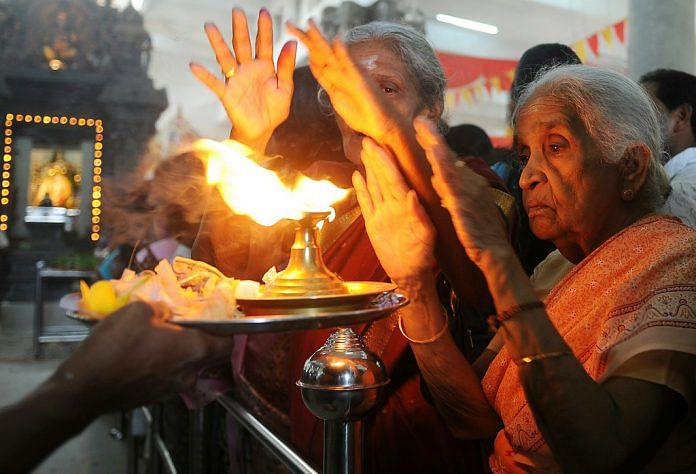India may be in disagreement with China over historical borders, but it still shares with it local languages and Buddhist religious minorities.
In times when globalization seems to challenge local certainties, people often rediscover their emotional, cultural and religious identities, and project them onto the nation state. But they tend to forget that nation states are primarily occupied with political, administrative and legal controls. Political borders rarely follow exclusively cultural or religious markers. Cross-border communities and the coexistence of multiple communities in local spaces are common, not the exception. Still, nation states are important regulators of inclusive growth, and guarantors of protection.
Increasingly however, transnational communities, as well as communal pluralism, are having an economic, social and political impact. In this regard, India and South Asia are role models, holding an advantage in the new global order.
What are the benefits of cultural and religious pluralism in today’s world? How do South Asia and in particular India perform?
Lessons from pluralistic societies
Indians and most people in neighbouring South Asian countries commonly speak more than one language daily, as a matter of routine. Their highly diverse expat, diaspora and migrant communities provide them not only with global access, but also with global sources of income.
India and other South Asian countries are among the largest recipients of monthly transfers from their diaspora workers. Due to their religious, ethnic and social diversity, more than 30 million Indians access and transfer remittances from countries as various as Saudi Arabia, the UAE, Malaysia, Singapore, the US, Canada, the UK and Australia.
Regional languages and minority religions have established themselves as global community networks. This is as much true for the Tamils in Malaysia as for the Sikhs in Canada. Such connections provide them with access to education and jobs, partly through professional visa arrangements, and despite the limitations and constraints of our current times. These communities have created their own formats, many of which have become international actors, such the Global Tamil Forum and the World Sikh Organisation.
India may be in disagreement with China over historical borders, but it still shares with it (and with its other neighbours in the Northeast, such as Myanmar) local languages and Buddhist religious minorities. Issues that are today seen as a liability, such as the problems surrounding the Tibetan exile community and the Rohingya, could become an asset of shared cultural capital, if treated differently.
This also applies to the world’s 600 million South Asian Muslims. While they are perceived by some Islamic institutions as living on the margins of the Muslim world, they more than double Arabic-speaking Muslims in number. They make significant contributions to the cultural, ethnic and linguistic diversity of the Muslim world, allowing India economic, social and political access to diverse international actors, including Iran, Palestine, Saudi Arabia, Egypt and countries in Central Asia.
Diversity for development
There are 2.2 million Indians working in the UAE and 1.5 million in Saudi Arabia. The diaspora community from the state of Kerala in South India has become a development and social factor in its own right in the Gulf region, with Kerala providing 40% of Indian workers in the UAE. Keralan Muslims run their own centres of Islamic teaching there, offering lessons in Malayam. One of these is the Indian Islami Centre, founded in 1995.
This turn in global politics and economics has enabled and advanced the mobilization of emotional capital, drawing on local diversities for the development of areas and communities that feel left behind. This is how the BJP is mobilising across India, and how Muslims and Buddhists are hoping to overcome development challenges in South Asia. Notions of piety and cultural identity are used as a source of development. Faith and identity is marketed or used to sell other services and goods.
This can either promote awareness of diversity, or increase tension based on difference. Accordingly, inclusiveness is the most important quality of this transformation – not only in cultural and religious or sectarian terms, but also in social matters. This quality is just as important within communities as between different ones, since they are all highly diverse themselves. Inclusiveness is therefore becoming an important development tool, turning diversity into an asset for achieving broader social and economic development goals in India and across South Asia.
This article was originally published by the World Economic Forum. Read it here.






